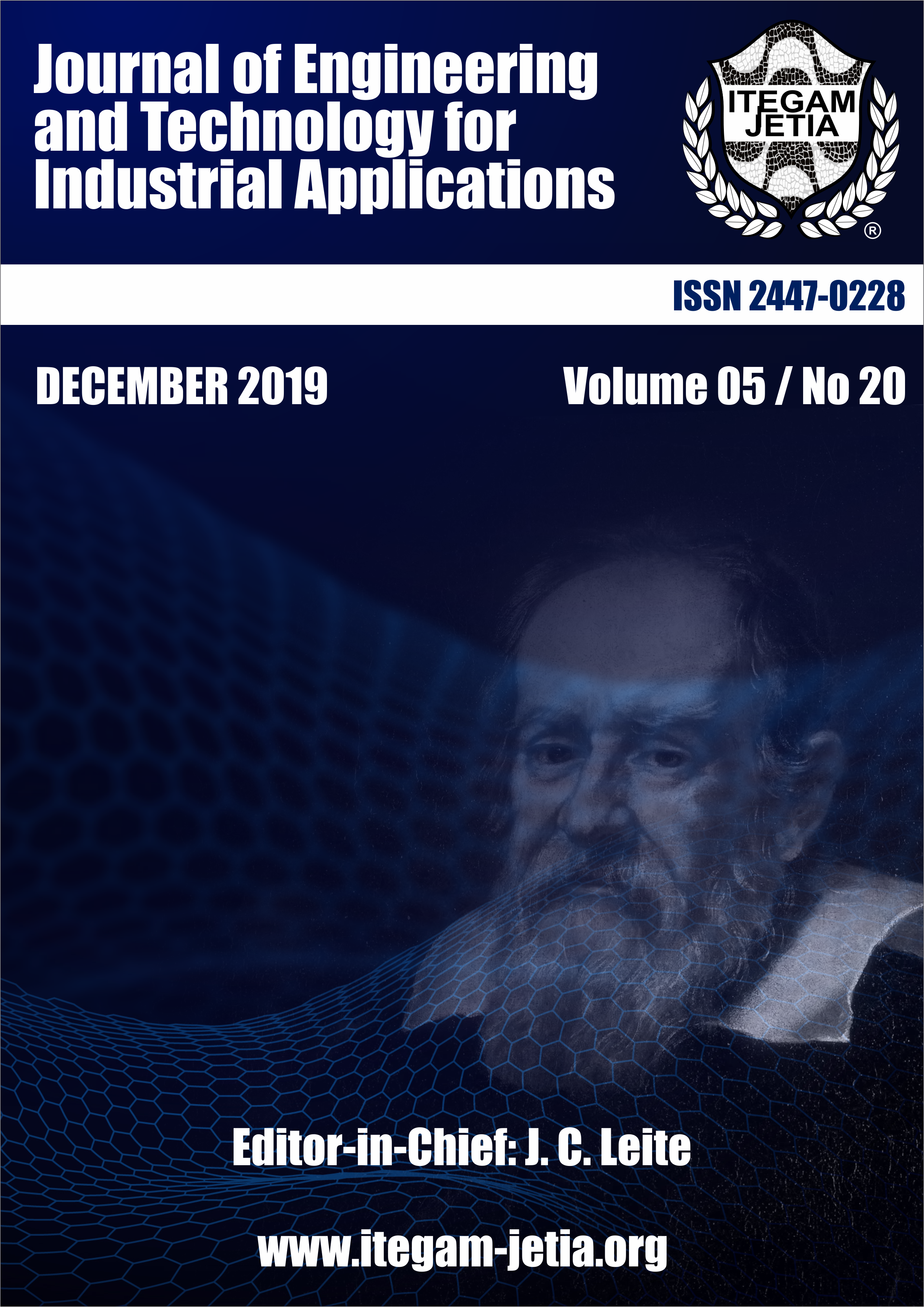EVALUATION OF MACHINING FORCES AND SURFACE INTEGRITY ON AISI 304 STEEL TOP MILLING PROCESS UNDER DIFFERENT CUTTING CONDITIONS
Abstract
Stainless steels are widely applied in corrosive environments requiring high mechanical strength. Thus, this material is applicable to the petroleum, gas and petrochemical industries in general. Because they are widely used, it is important to work these materials in a different manufacturing process, in order to reach the desired shapes and dimensions for parts and components. With regard to the behavior of this class of materials when subjected to machining processes, they are defined as low machinability and due to this characteristics, it becomes essential to determine machining forces evaluated in each process, since they define the power required for machines. In addition, it is possible to optimize cutting parameters in order to increase tool life and /or improve surface quality of the machined parts based on the cutting forces. Therefore, the purpose of this work is to analyze how different cutting parameters (cutting speed and feed per tooth), lubrication condition and tool wear might affect machining forces and surface roughness of the AISI 304 in top milling operations. The results demonstrate that the feed per tooth has a greater impact on the increase of the machining forces. In terms of lubrication, Minimum Quantity Lubrication (MQL) has shown to be the best choice upon the dry machining setup, since lower milling forces have been acquired and tool life has been expanded.
Downloads

This work is licensed under a Creative Commons Attribution 4.0 International License.











